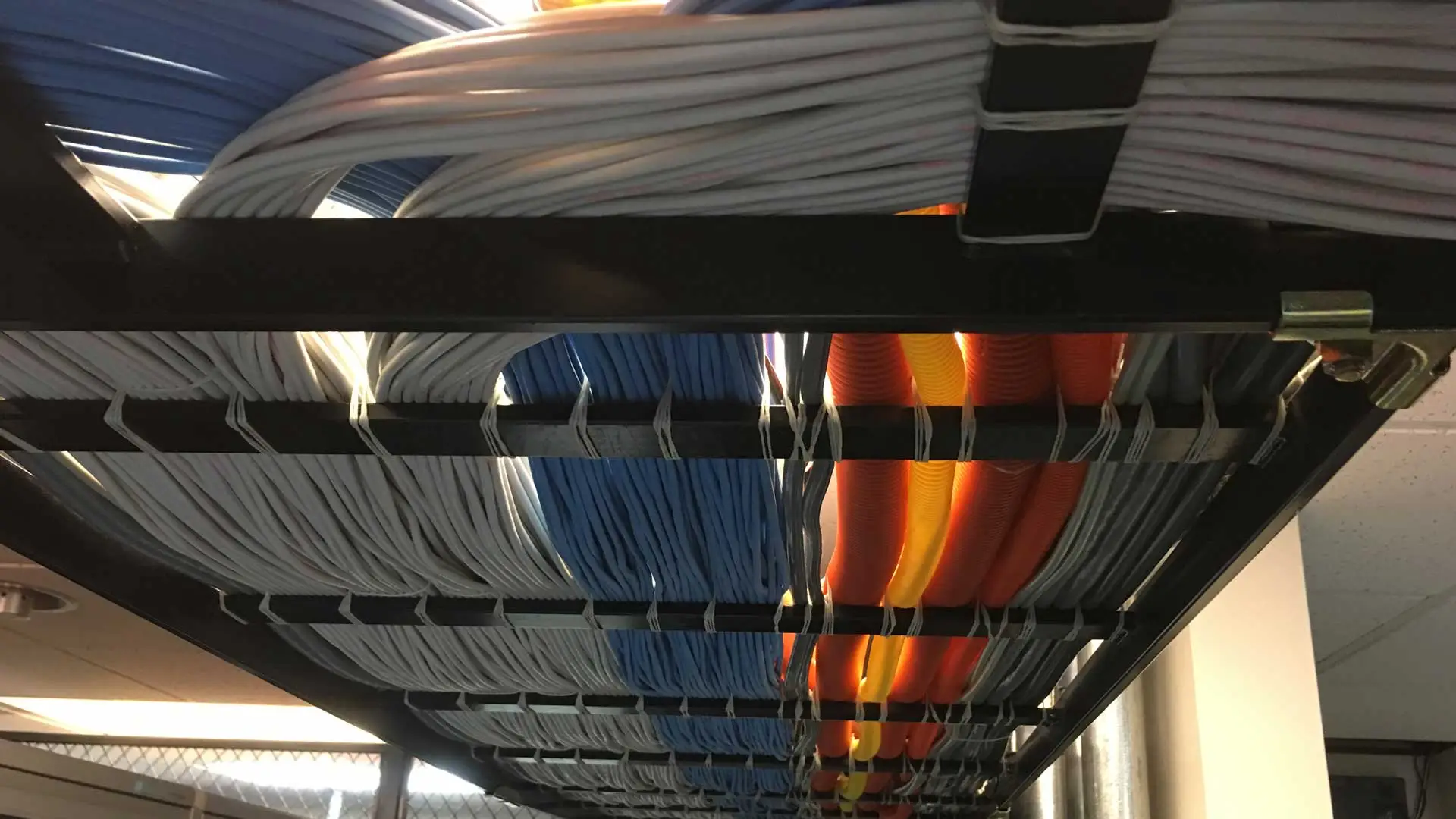
Insight
Check here for information regarding cloud services, colocation, virtual desktop offerings

Check here for information regarding cloud services, colocation, virtual desktop offerings
Data centers have secure facilities that are designed explicitly to support critical infrastructure and computing equipment. They’re designed to offer high-speed connectivity to ensure accessibility, all while making sure that hardware and other infrastructure are suitably protected from theft or unauthorized handling.
By choosing the right data center, you can also access colocation services. With colocation, MSPs have a place to house their own servers or customer equipment safely and securely, all while placing their technology in an environment that offers superior connectivity and ample security.
When an MSP partners with a data center, effective backup management and redundancy are far easier to achieve. Data centers can provide backup-related services, ensuring critical data is appropriately safeguarded and easier to recover should disaster strike.
Additionally, data centers can provide a pathway for redundancy. Redundancy ensures that a single system failure doesn’t take an MSP or its customers entirely offline, providing solutions that support business continuity.
MSP customers have expectations regarding asset accessibility. If an MSP fails to provide near 100% uptime – with five nines typically being viewed as the gold standard – they’ll likely lose customer and contracts, as well as harm their reputations.
By partnering with a data center, ...
Edge computing is shaking up the data center industry, shifting the focus from centralized systems to distributed architectures. This transformation primarily hinges on processing information at its source – and in real-time.
So, how does edge computing turn traditional infrastructure models upside down? It’s all about proximity. In an edge network, local servers or devices – known as “edge nodes” – are positioned close to where data originates. These nodes process incoming data locally before sending it back to a central server or cloud service provider solution for further analysis.
The new edge computing approach has multiple benefits that can’t be ignored by any CIO or VP of Information Technology looking toward future trends to shape their IT landscape. For starters, moving away from core data centers improves network connectivity by reducing latency since there’s less distance between user actions and system responses. Gartner predicts that more than 50% of enterprise-managed data will be created and processed outside traditional cloud-based locations by 2025, primarily because edge networks can provide faster response times compared with conventional architectures.
Beyond enhancing responsiveness, distributing processing power across numerous points also leads to significant...
When organizations consolidate their data center usage, it provides them with a significantly simpler IT landscape. There are fewer assets to oversee and manage, which can streamline network mapping, data flow, security, and other aspects of providing a functional, secure environment.
Consolidation also provides organizations with far more control. There are fewer systems to navigate, making it easier to manage access and usage across the organization. It also centralizes all activities, leading to greater visibility and making efficiency easier to achieve.
Data center consolidation creates opportunities for significant cost savings. By bringing everything under one data center, there’s greater visibility. In turn, there’s less chance of underutilized resources lingering and generating unnecessary costs.
By working with a single data center, many organizations also receive better overall contract terms. Even if the resulting arrangement is similarly sized to the previous unconsolidated version, companies may receive a better deal since they’re centralizing their data center use with a single provider.
Complex tech landscapes are inherently more challenging to secure than efficiently designed solutions. Multiple data centers mean security efforts are spread across a variety of systems....
HIPAA compliance is not just a certification; it’s a continuous process of adhering to stringent security measures and protocols to safeguard protected health information (PHI). A HIPAA-compliant data center must have physical, network, and process security measures in place to secure PHI against unauthorized access, theft, and breaches. This includes advanced encryption methods, multi-factor authentication, and regular security audits.
When evaluating data centers, it’s crucial to assess their compliance with the HIPAA Security Rule, which outlines the standards for protecting electronic protected health information (ePHI). By doing so, you take a critical first step toward finding your ideal provider.
When searching for a HIPAA-compliant data center, there are several key features to consider. Firstly, the data center should offer robust data encryption, both at rest and in transit, to ensure that all patient data remains secure.
Additionally, look for data centers with comprehensive disaster recovery and data backup plans to guarantee data integrity and availability, even in the event of unforeseen circumstances. Physical security measures, such as biometric access controls and 24/7 surveillance, are also essential to prevent unauthorized access to the data center facilities.
Once those capabilities are addressed, it’s time to focus on other...
Cybersecurity compliance involves adhering to laws, regulations, and standards designed to protect information and information systems from security breaches. For data centers, this means implementing and maintaining a set of controls and measures to prevent, detect, and respond to cyber threats.
Compliance standards, such as ISO 27001, GDPR, HIPAA, and SOC 2, provide frameworks for managing and securing sensitive information, making them essential for businesses to understand and consider when selecting a provider. By focusing on data centers that offer leading security measures, it’s easier to safeguard your company’s information.
Data centers play a crucial role in achieving cybersecurity compliance. They are responsible for implementing robust security measures – including network security, physical security, and access controls – to protect the data they house. Additionally, data centers must ensure that their policies and procedures align with compliance requirements, conducting regular risk assessments and audits to identify and mitigate vulnerabilities.
Effective cybersecurity compliance in data centers revolves around several key components. These include data encryption to protect data at rest and in transit, multi-factor authentication to ensure that only authorized individuals...
